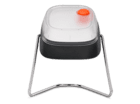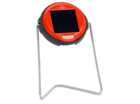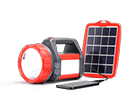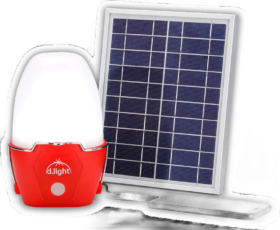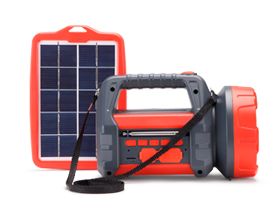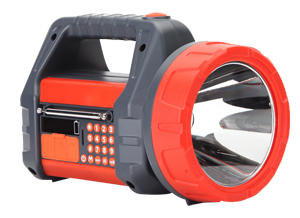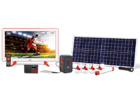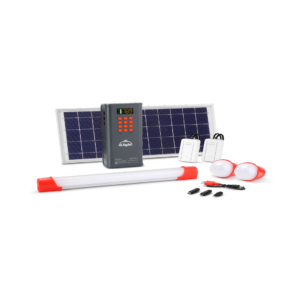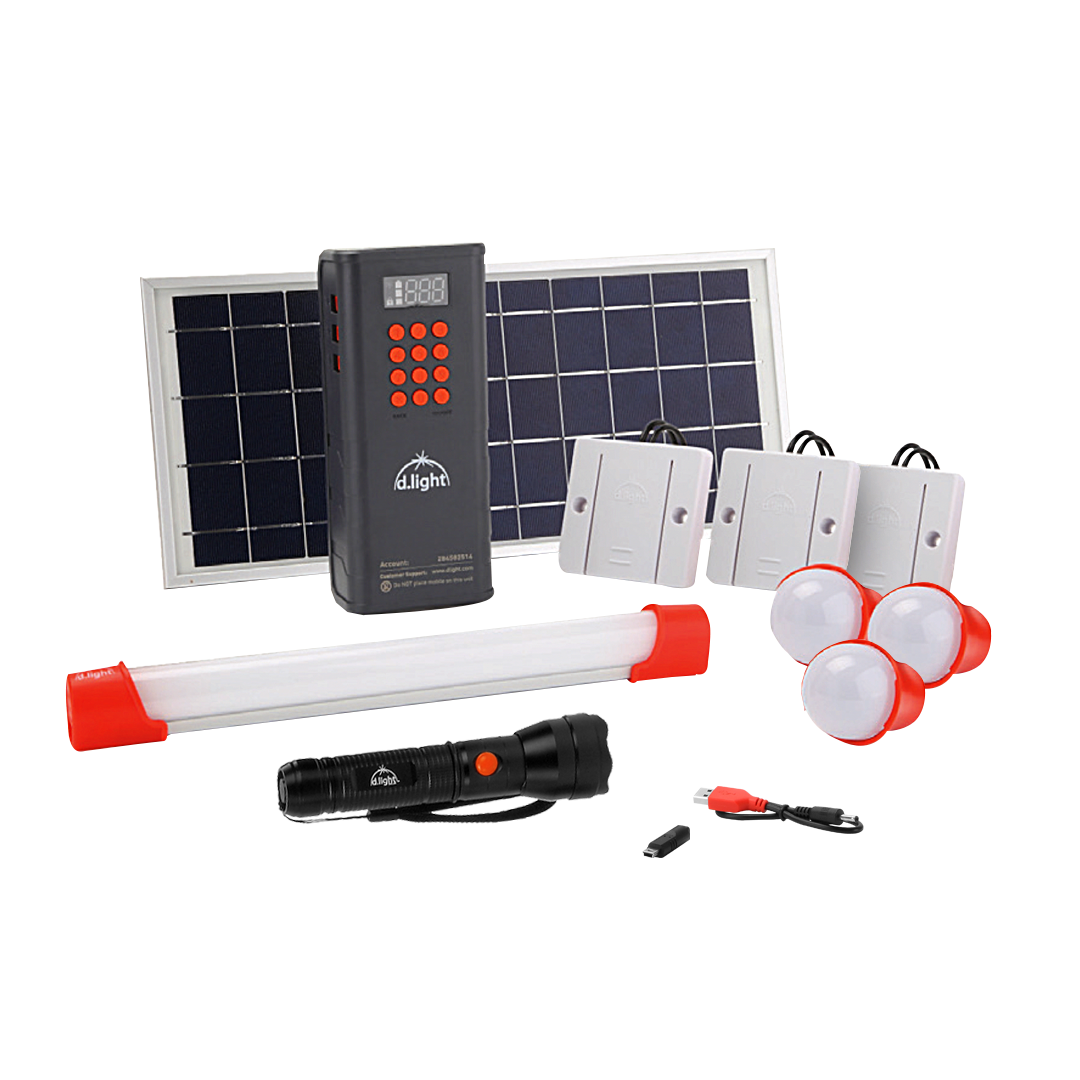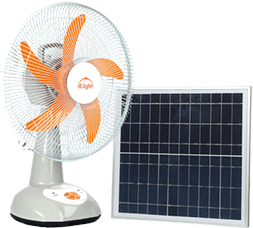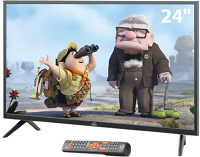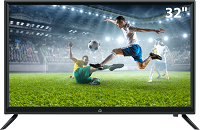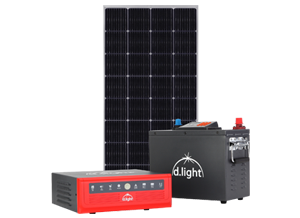Choosing the Perfect Off-Grid Solar System
Living off-the-grid alleviates dependency on electrical utilities because the system can provide power to the home. Many homeowners use off-grid solar systems to minimize energy bills and reduce their carbon footprint.
An off-grid solar system generally relies on solar or wind as its energy for homes, but it can be a big undertaking. However, with the right system, living off-the-grid can be more natural and save a ton of money.
A typical off-grid solar system needs solar panels, backup power, and an inverter. High-quality components can make a difference between an extended lasting energy source and requiring a lot of unwanted maintenance.
Consider your Budget
Solar power systems are an excellent investment for the future because energy bills are reduced significantly with very little maintenance. An off-grid solar energy system is an investment, but with some kits, installation is easy! By choosing high-quality solar packages, operational cost and maintenance will not hurt the budget conscious customer.
Understand the Material
Solar panels are the first unit considered as it absorbs solar energy from the sun and converts it to direct current (DC) power. Solar cells have different types, each having their efficiencies. While the names may sound confusing, knowing how each work ensures the user is not confused when suppliers happen to mention these terms.
- Monocrystalline
These are large silicon crystal panels that can absorb massive amounts of solar energy in strong sunlight, giving them a higher power output. 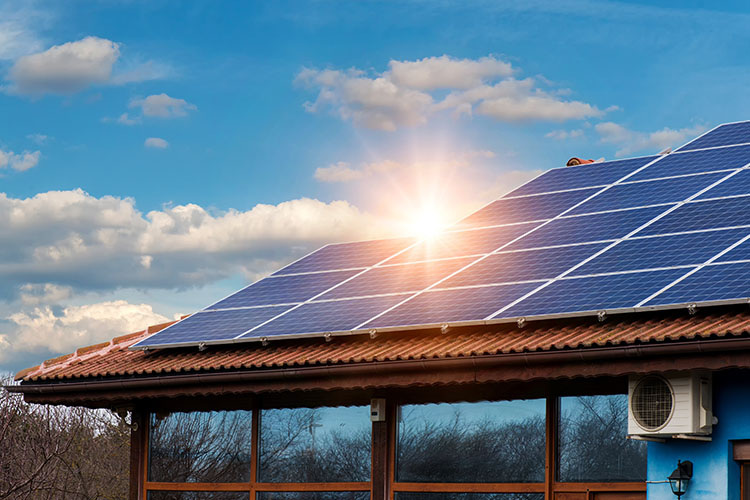 Additionally, they occupy less space and eliminates the space wastage.
Additionally, they occupy less space and eliminates the space wastage.
- Polycrystalline or Multi-crystalline
These are made from purified and molded crystal bars. While these are less efficient than monocrystalline, they’re less expensive making them more popular in residential installs.
- Amorphous
These thin film silicone cells nearly double the size than the other panel varieties as they respond well to slightly diffused light and does not significantly drop their efficiency on hot days. The improvement of the performance and refinement of the manufacturing process of the Thin Film panels is still in progress through continuous research.
Each panel has its unique properties, and the location where the solar power system will function should take into account its capabilities. Monocrystalline and Amorphous systems are better for areas where there is uninterrupted strong sunlight most of the year.
Meanwhile, polycrystalline are perfect for areas where direct sunlight is scarce.
Solar inverter
The solar inverter is the second principal component of a solar system. Solar panels convert solar energy to DC. However, most home use alternating current (AC) energy, so the energy produced by the solar panels is useful on its own. The purpose of an inverter is to turn the DC energy that solar panels produce into AC energy. Luckily, d.light solar has the complete kit to power a room without the need for an inverter.
String inverters, microinverters, and power optimizers are three kinds of inverters. All of which can transform DC into AC. While there are different types of inverters to choose from, you need to consider the operating temperature range and efficiency.
Inverters operate best when they’re running cool, just like most electronic equipment. However, they’re often exposed to a wide range of temperature fluctuations that are sometimes not ideal since they’re typically in an environment with uncontrollable conditions. Sometimes an inverter would also have to work harder than others which would generate more heat as they do their jobs.
Many inverters would derate their power output once their ambient temperature gets too high. An inverter with a higher operating temperature would be able to handle more heat better.
The efficiency of an inverter indicates how much DC power converts to AC power. After powering your appliances and electronics, the excess solar electricity you need will feed back into the grid. The better the solar inverter, the less conserved power wasted.
Backup Power
If you’re going off-grid, a battery bank is another essential component as there will inevitably be periods when there’s little to no sunlight. This component ensures that there is energy stored during nighttime or cloudy days and that the system keeps working even when the sun isn’t shining
Unfortunately, it’s often considered as the weakest link of a solar PV system since batteries wear out quicker than other parts and reduce the system’s performance. When the weather doesn’t turn up after weeks, and the battery charge runs out, you’ll be left without any electricity for days.
An automatic back-up generator can make living off-the-grid convenient and worry-free. Depending on the availability and preference, generators can be connected either to your home’s main gas line or a dedicated tank and burn various types of fuel to generate electricity.
D.light is dedicated to providing the most reliable, affordable and accessible solar lighting and power systems. Visit our website today to learn more.

